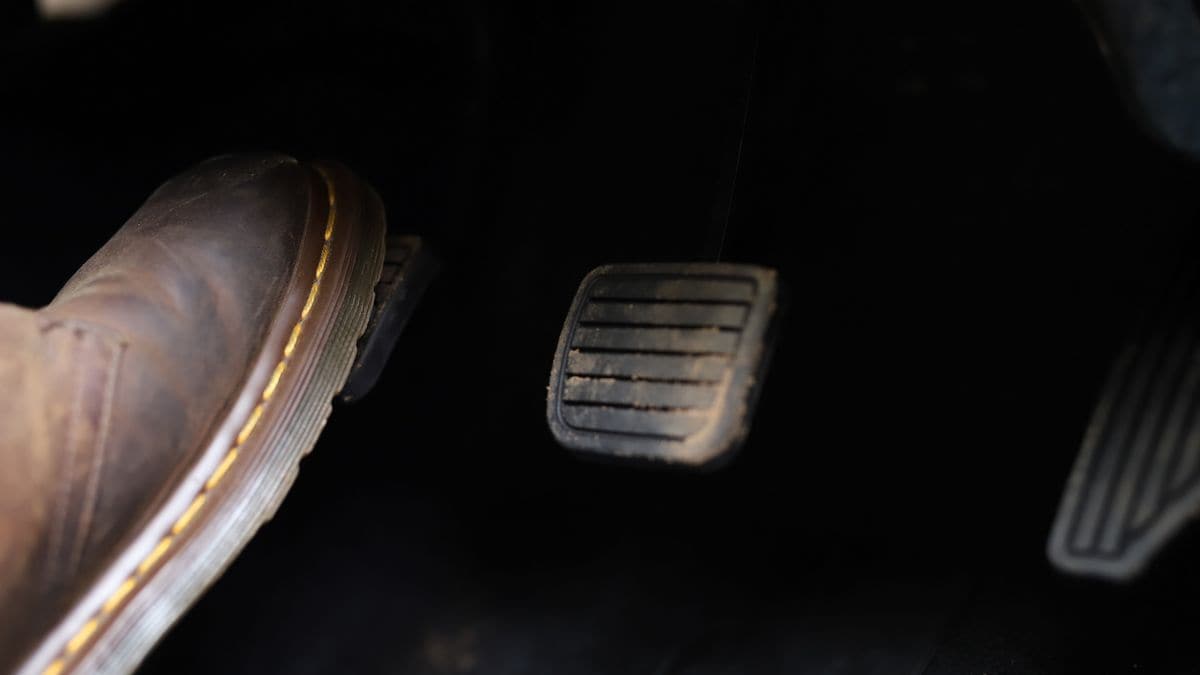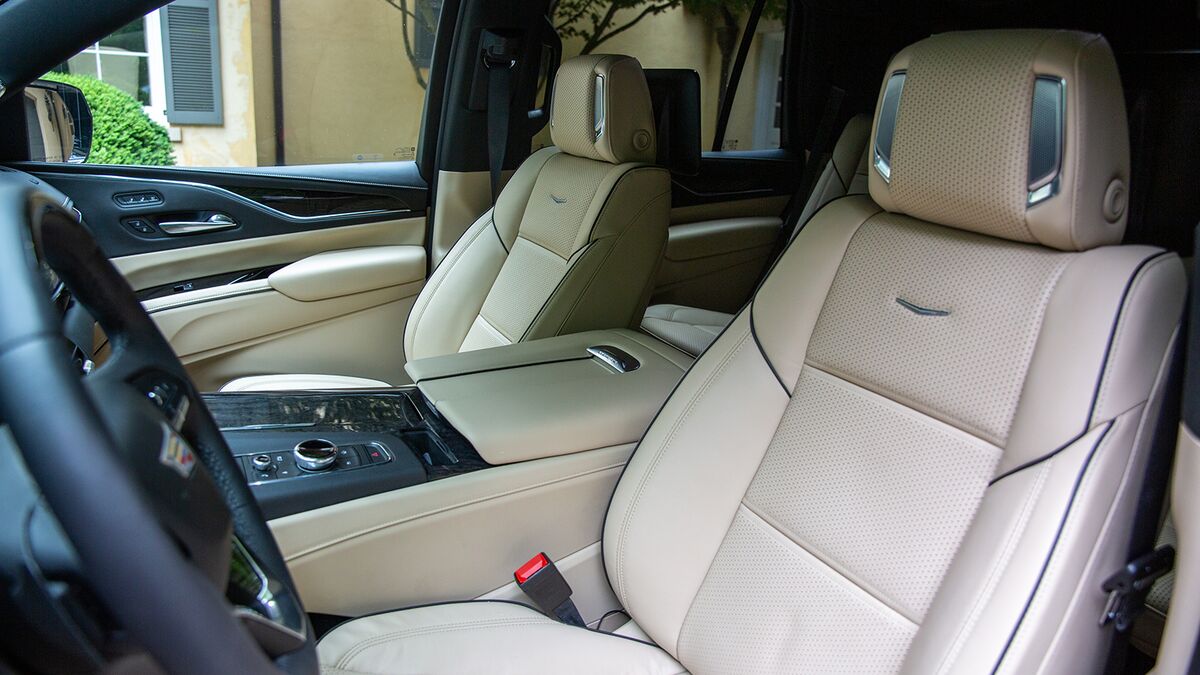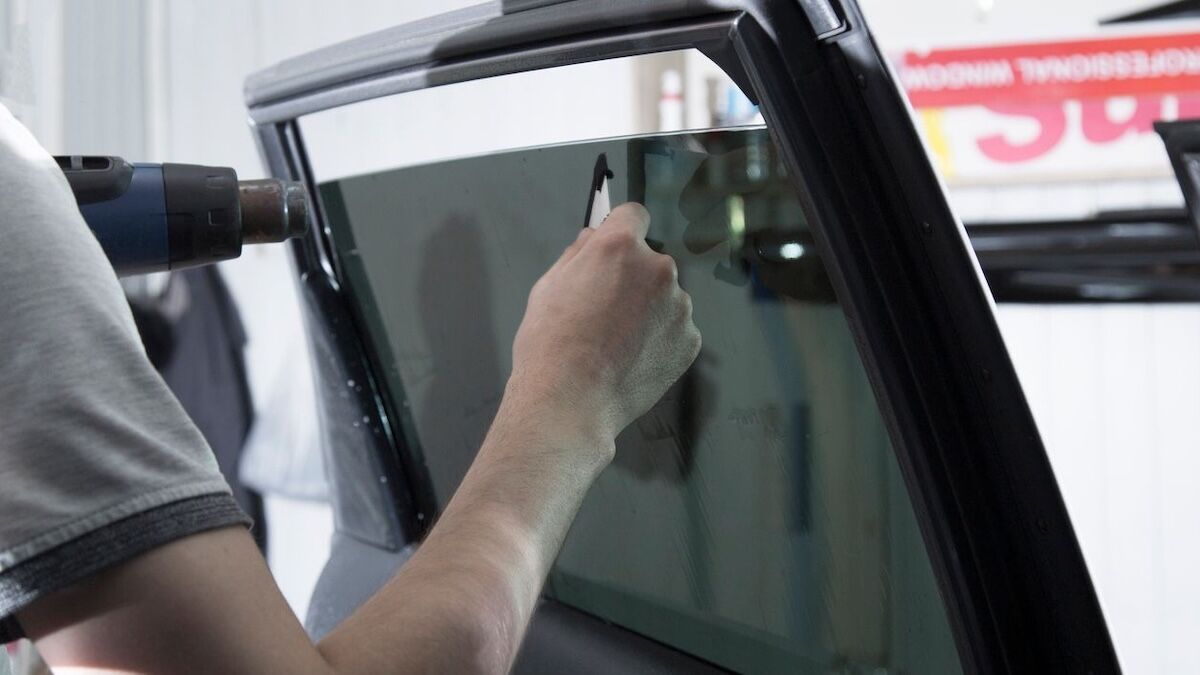Quick Facts About Pedal Extenders for a Car
- Pedal extenders can allow shorter drivers to position themselves farther from the steering wheel and its airbag.
- They are affordable and relatively easy to install.
- Power-adjustable pedals are a built-in version of aftermarket pedal extenders.
If you are even somewhat height challenged (in other words, short), finding the best and safest driving position can be difficult and, for some, downright impossible. Sometimes, the issue can be solved if there are sufficient seat and steering wheel adjustments. Some vehicles even offer power-adjustable pedals that help. However, for those under 5 foot, 4 inches tall, often moving the seat closer to the steering wheel for better pedal access can place them in danger of severe injury resulting from an inflating airbag. Read on to learn more about one solution for shorter drivers shopping for new and used cars: pedal extenders.
- What Are Pedal Extenders for a Car?
- Car Pedal Extenders: Who Might Need Them?
- What Are the Most Common Type of Pedal Extenders?
- Are Pedal Extenders in Cars Legal and Safe?
- Cars with Available Built-In Power-Adjustable Pedals
What Are Pedal Extenders for a Car?
Pedal extenders or pedal extensions are devices that attach to a vehicle’s existing gas, brake, and clutch (if so equipped) pedals, positioning the pedals closer to the driver. In other words, a pedal extender allows shorter drivers to reach the pedals while maintaining a comfortable seating position at a safer distance from the steering wheel.
RELATED: Best Cars for Short People
How Pedal Extenders Can Enhance Comfort
Pedal extenders allow a shorter or otherwise challenged driver to sit comfortably against the back of the seat, grasping the steering wheel with elbows partially bent, and feet easily accessing the pedals. You should be as comfortable behind the wheel as you are sitting at your kitchen table.
How Pedal Extenders Can Improve Safety
The Insurance Institute for Highway Safety (IIHS) says a seat-belted driver, positioned against the seat back and 10 inches or more from the steering wheel, is less likely to be injured by a deploying airbag. Pedal extenders may allow a shorter or otherwise challenged driver to assume this IIHS-recommended position and still comfortably reach the pedals.
Car Pedal Extenders: Who Might Need Them?
A wide swath of drivers don’t fit the norms used by automotive designers to determine an appropriate and safe average seating position. That is to say, there are drivers who are too tall and too short to be accommodated comfortably and safely. Moreover, other physical factors can also come into play. We’ve assembled a few examples of drivers who might benefit from pedal extenders.
- Shorter: Anyone less than 5 feet, 4 inches tall could be a candidate.
- Pregnant: Expecting drivers, especially those in the later stages of pregnancy, may find that pedal extenders are the only way to comfortably reach the pedals while keeping a safer distance from the steering wheel.
- Overweight: Pedal extenders can allow heavyset drivers to position themselves farther away from the steering wheel.
What Are the Most Common Types of Pedal Extenders?
The most common pedal extender attaches to the existing pedal. Although these kits look somewhat intimidating to install, they are fairly simple and well within the skill set of most do-it-yourselfers. Assembly and installation usually require less than two hours.
Where Can You Get Pedal Extenders?
A wide range of online and brick-and-mortar retailers offer pedal extenders: Walmart, Amazon, eBay, and more.
How Much Are Pedal Extenders?
Quickly browsing Amazon, we found prices for accelerator-brake extender kits retailing between $30 and $150, with an average price of roughly $50. If your car happens to have a manual transmission, you will need a clutch pedal extension, as well. We unsuccessfully searched for 3-pedal kits; however, a brake pedal extender will serve the purpose. We did locate a clutch pedal extender kit on eBay for $20.
Are Pedal Extenders in Cars Legal and Safe?
There isn’t a federal regulation prohibiting the use of pedal extenders. In fact, in more extreme cases, a state may even place a restriction on a driver’s license, requiring the use of pedal extenders as a condition for driving. This would be similar to restrictions requiring drivers to wear corrective lenses or only drive during daylight hours.
On the other hand, depending on your insurer, adding pedal extenders may affect your car insurance. We advise consulting your insurer before installing pedal extensions or making any other modification to accommodate a physical issue. Otherwise, in the event of an accident, you may find your coverage compromised.
A spokesperson for the Insurance Information Institute explained, “There are many types of PEs (Pedal Extenders) for cars. It’s best to check with your insurer before purchase to see if there are any requirements.”
Cars with Available Built-In Power-Adjustable Pedals
An even more convenient solution to repositioning the pedals is power-adjustable pedals. Although you may still be able to find some older Ford Crown Victoria, Lincoln Town Car, and Mercury Grand Marquis models with power-adjustable pedals, in more recent years, only SUVs and full-size trucks have offered them. These pedals can move closer or farther away with the push of a button, making adjustments a snap. Most often an option on higher-end trim levels, these pedals can be found in used and new models. We list a few of them.
SUVs and Trucks Offering Power-Adjustable Pedals
| Make and Model | Model Years |
| 1. Cadillac Escalade | 2000-2021 |
| 2. Chevrolet Tahoe | 2000-2021 |
| 3. Chevrolet Silverado | 2007-Present |
| 4. Chevrolet Suburban | 2000-2020 |
| 5. Dodge Durango | 2004-2009 |
| 6. GMC Sierra | 2007-Present |
| 7. GMC Yukon | 2000-2020 |
| 8. Ford F-150 | 2000-Present |
| 9. Ford Expedition | 1999-Present |
| 10. Ford Explorer | 2002-2019 |
| 11. Ford Flex | 2009-2019 |
| 12. Lincoln Navigator | 1999-Present |
| 13. Lincoln MKT | 2010-2019 |
| 14. Nissan Armada | 2004-2015 |
| 15. Nissan Titan | 2004-2015 |
| 16. Ram 1500/2500/3500 | 2012-Present |








